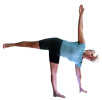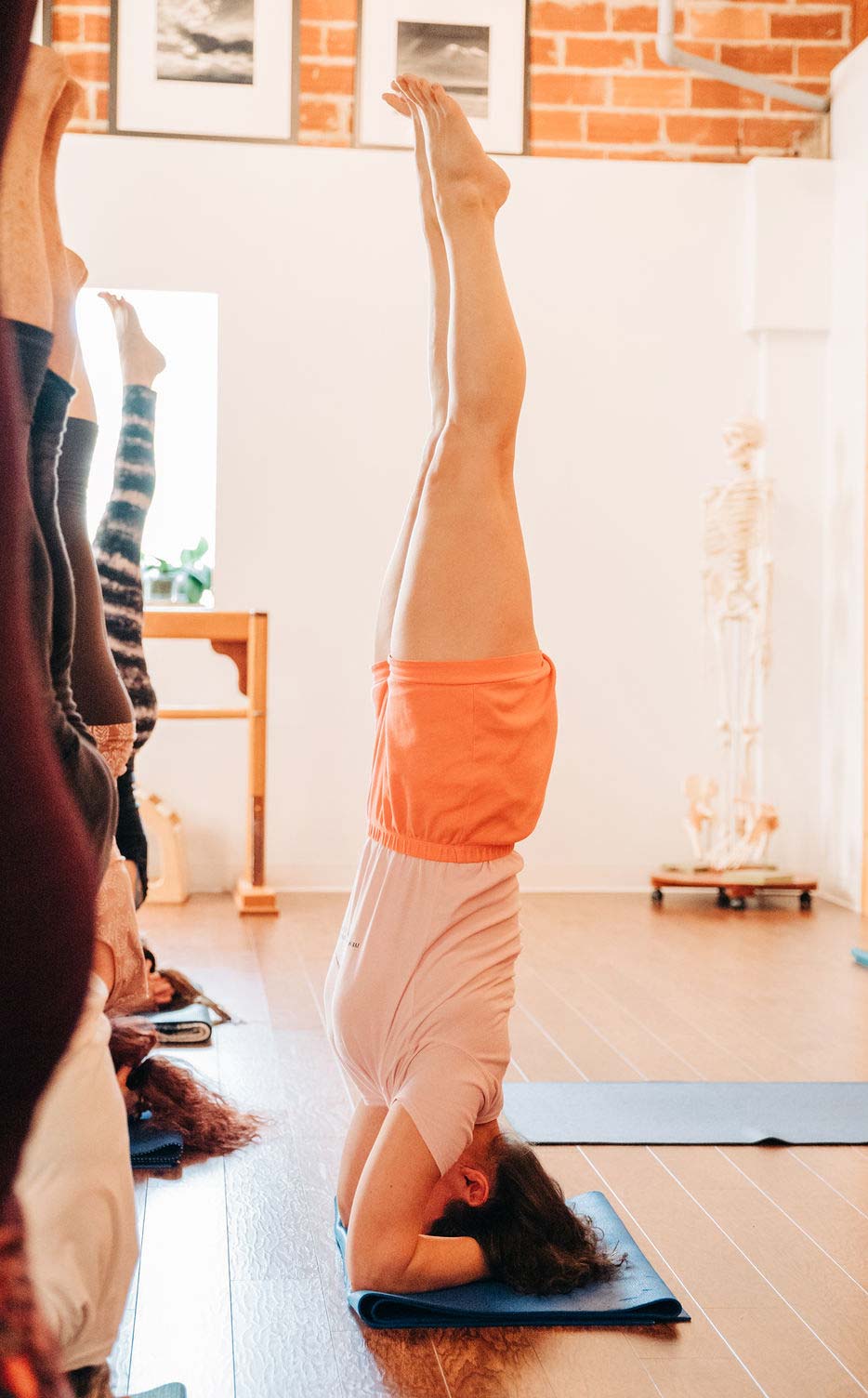ALIGNMENT
Iyengar Yoga is known for its emphasis on precise skeletal alignment and muscle action: instruction and correction are given so that each pose is safe, grounded and integrated. An integrated pose develops muscles in a balanced way, and benefits the whole body and all its systems. Work on correct alignment deepens the mind-body connection, and increases focus and awareness.
FLEXIBILITY
Iyengar Yoga is known for its precision, but also for its flexibility. Each pose has many variations, each of which can teach something fresh. At the Houston Iyengar Yoga Studio, we attempt to make each class a unique experience, with fresh sequences and perspectives. In addition, as teachers of Iyengar Yoga, we do our best to respond flexibly to the needs of the individual student, altering the poses where necessary based on those needs.






